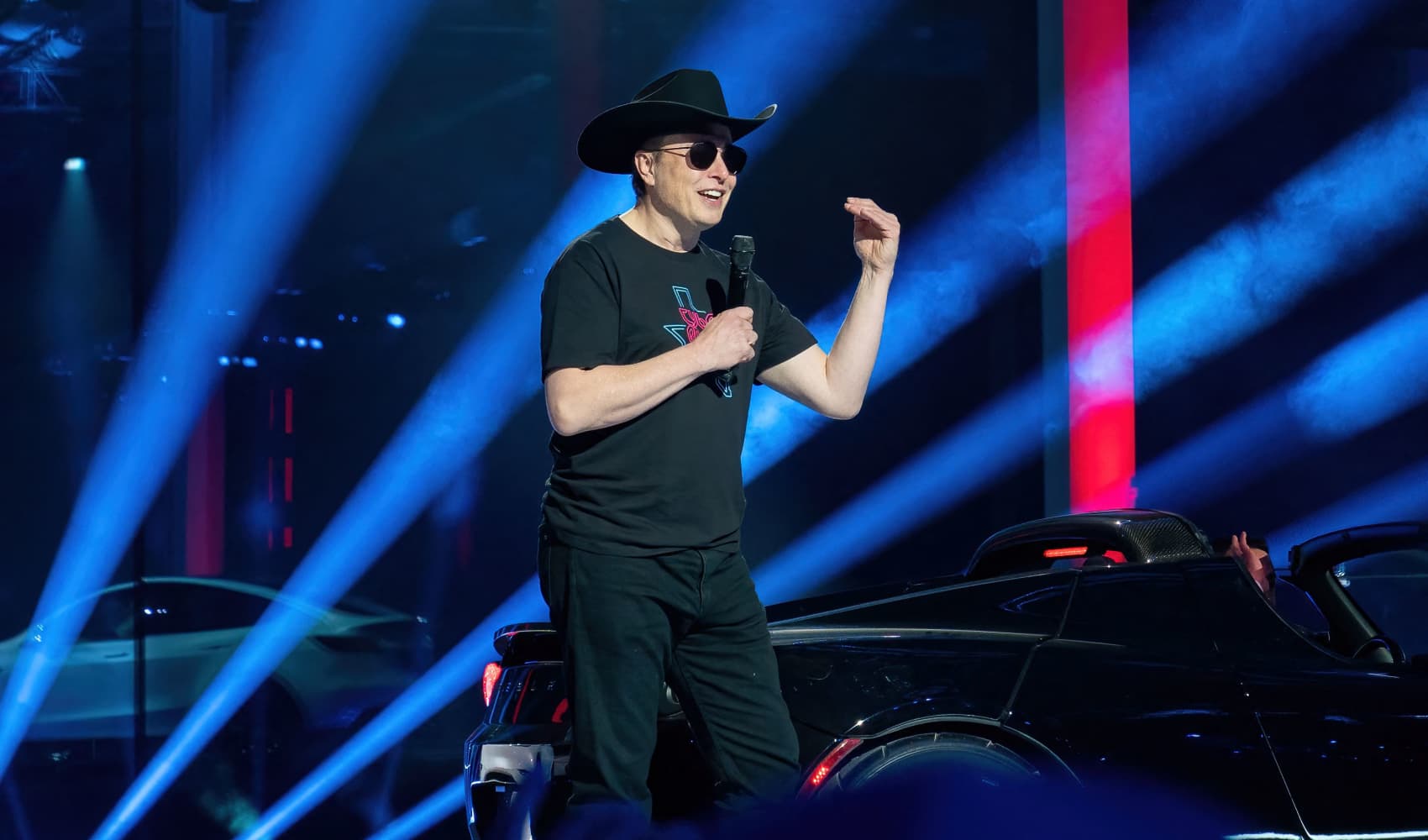It was Superbowl Sunday 1998 – Denver Broncos against the Green Bay Packers. One East San Jose block should have been immersed in football, but instead, their neighborhood was covered in crime scene tape.
Khanh Nguyen said that was the catalyst for action around King and Barberry streets. He and his neighbors decided to fight against any possible criminal activity by showing how much they cared by planting trees – nearly 1,000 of them during the past 15 years. Nguyen said it was with the help of San Jose-based non-profit “Our City Forest” that made it all possible.
President and CEO Rhonda Berry said the organization has planted 65,000 large trees throughout the South Bay since the 1980s. According to Nguyen, the benefits of the new trees were instant. Instead of people selling and leaving, he said he would “see people intentionally staying and improving their house.”
The increase in property value was what U.S. Forest Service Economist Geoffrey Donovan also found in his multiple studies focused on trees and their impacts to neighborhoods. Donovan estimated that having street trees outside someone’s property increased the sale price of the home by about $7,600. For him, that was the least interesting and the most obvious.
“What surprised me is the profound effect it has on crime or health,” said Donovan, who added that the latest research correlating trees and crime was published this year. According to the data collected from Portland, smaller trees were actually linked to higher crime because they provided possible cover for criminals. On the other hand, larger trees cut down on crime.
“What they do is signal to potential criminals is that neighborhood is well cared for and should they commit a crime, they’d be more likely to get caught.”
Martin Renteria, who lives near Story Road and U.S. Highway 101 in San Jose, said back in 1990 when he was living in the neighborhood, there were only six trees on one street. Renteria added that planting a few hundred trees during the last few years had nearly wiped out all the graffiti that once stained many walls of houses and apartments along the streets. “More activity on the outside, the less activity you’re going to have with gang members. Less graffiti, less litter, less hanging out by the carports, smoking, drinking.”
Local
Berry said there’s another lesser known benefit: traffic. “There are as many as half fewer car accidents along tree-lined streets.” But for Donovan, the biggest find of all was the impact on health beyond just better air quality.
“We found that women who lived in houses closer to open space or had more tree canopy within 50 meters of the house were less likely to have underweight babies,” recounted Donovan. “Having trees around your home may reduce the stress which improves the birth outcomes.”
He admitted that trees are just one small variable in a much bigger and more convoluted socioeconomic formula, but Donovan is still hoping his studies will influence city leaders when they decide how to spend their money. “How can we make good decisions if we don’t understand what those benefits are?”
There are already many believers on the local scene. For Khanh Nguyen, the idea of trees and taking care of them in his neighborhood, comes as easily as eating and sleeping.
“I hope for the rest of my life. It’s just a part of living, right?”



